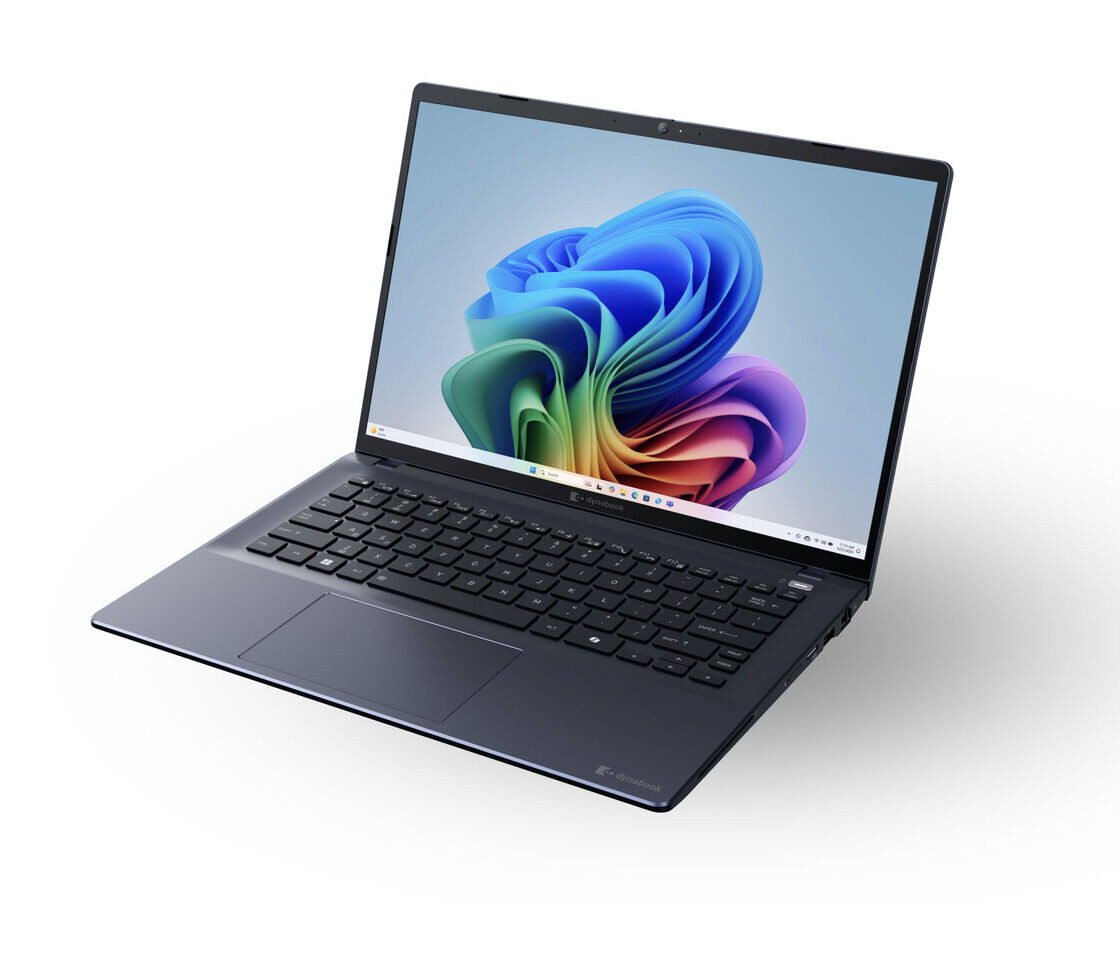Experiential Learning: Connecting Outside the Classroom
Experiential learning can provide real-world connections for students that can start them on their professional career paths

Learning beyond the classroom is essential for a well-rounded education but it also allows students to engage in specific professions. College courses tend to be abstract and often limit students to specific readings, assignments, and discussions. However, experiential learning gets students to partake in internships, externships, fellowships, cooperatives, apprenticeships, service learning, field research, and volunteering opportunities. In fact, many students, especially in STEM areas, become improved learners because of these hands-on experiences.
Higher education institutions vary about experiential learning approaches and it can be challenging to navigate the differences. And there are so many types of learners who engage in these tangible experiences. Psychologist David Kolb’s four stages of experiential learning explains the concrete experience, reflective observation, abstract conceptualization, and active experimentation levels. He argues this kind of effective learning can be impactful for a variety of learners.
I had several professional experiences through undergraduate and graduate internships in Washington, D.C., as I worked for congressional lawmakers and nonprofit associations. I excelled in these history and political science opportunities because I was no longer pinned down to a classroom desk. Instead, I connected course material with the actual policy arena. It wasn’t until I became an internship coordinator and faculty member at Southern Connecticut State University, however, that I realized how empowering experiential learning could be for so many students.
Experiential Learning: Making Real-World Connections
As my political science department’s intern coordinator for nearly five years, I thoroughly enjoyed the opportunity to connect students with political campaigns, agencies, and nonprofit organizations. Because I was involved in New Haven politics and served on a city hall commission, these learning partnerships were a natural fit. Some students even went onto run for public office after their internship experience.
For internship class monthly meetings, students completed weekly reports as well as introductory and final papers that were based on an approved reading list of sources related to their internship. They would compare sources with their internship experience in the final paper. For the interview paper, students asked a staffer they worked with about their experience and for any advice.
Since one of our undergraduate programs requires internship experience, our department usually has a dozen or so students enrolled in the internship class every semester. Based on a number of internship-contact hours, students received a certain number of credits (i.e., one full day or 7 hours of work for 3 credits).
It wasn’t unusual that students wanted to gain more experience with another internship in a later semester, especially if they did well in their internship class. My department has several repeat intern students who worked with another campaign, agency, or organization. Some political science minors and non-majors can acquire 3 or 6 internship credits, while majors can participate in four different internships at 3 credits each so long as it does not exceed 12 credits over their undergraduate career. I had one student who did just that and went onto the U.S. Navy after he graduated. He was unsure what he wanted to do with public service, but he wished to gain government experience at all levels working for local, state and congressional officials.
Tools and ideas to transform education. Sign up below.
Sparking Experiential Learning Opportunities
- What is a student’s favorite class or subject area?
- Does a student prefer fieldwork or office work?
- What prior experiences does a student have?
- What are a student’s career interests?
Interestingly, many students were unsure what they wanted to do for an internship and I spent hours emailing and meeting with them about ideas. What was their favorite class? Which interested them most – local, state, national, international issues? Do they prefer a political party, politician or candidate? Their answers often led to interesting discussions, especially during my office hours. So many students – even non-majors – discussed and debated about a variety of internships. I was intrigued that some offered peer support and connected with one another about a number of opportunities. And isn’t networking essential to professional experiences?
Students might not have realized it, but they gained firsthand experience learning how to connect with others during my office hours. Some previously worked for political causes or campaigns as underclassmen or in high school. I was often surprised that students already knew how to phone-bank or canvass for political candidates before they considered internship opportunities.
Another consideration for experiential learning that educators tend to overlook is a student’s volunteering experience. Many students volunteer for organizations or nonprofit groups in their communities. Even if they did so in high school, this experience can be an impactful one that can help attain an internship. Some students, for example, partake in “alternative spring break,” and I once led students to Portland, Oregon, to help build Habitat for Humanity houses. This awakened a few students to pursue nonprofit work rather than private sector jobs.
Ultimately volunteering and interning can make a student standout above a crowded career field. Through experiential learning, students also understand they can make a difference and gain some professional experience at the same time.
Jonathan L. Wharton, Ph.D. is the School of Graduate and Professional Studies Associate Dean and teaches political science at Southern Connecticut State University in New Haven. He is also a frequent contributor on WNPR and CT News Junkie columnist.
